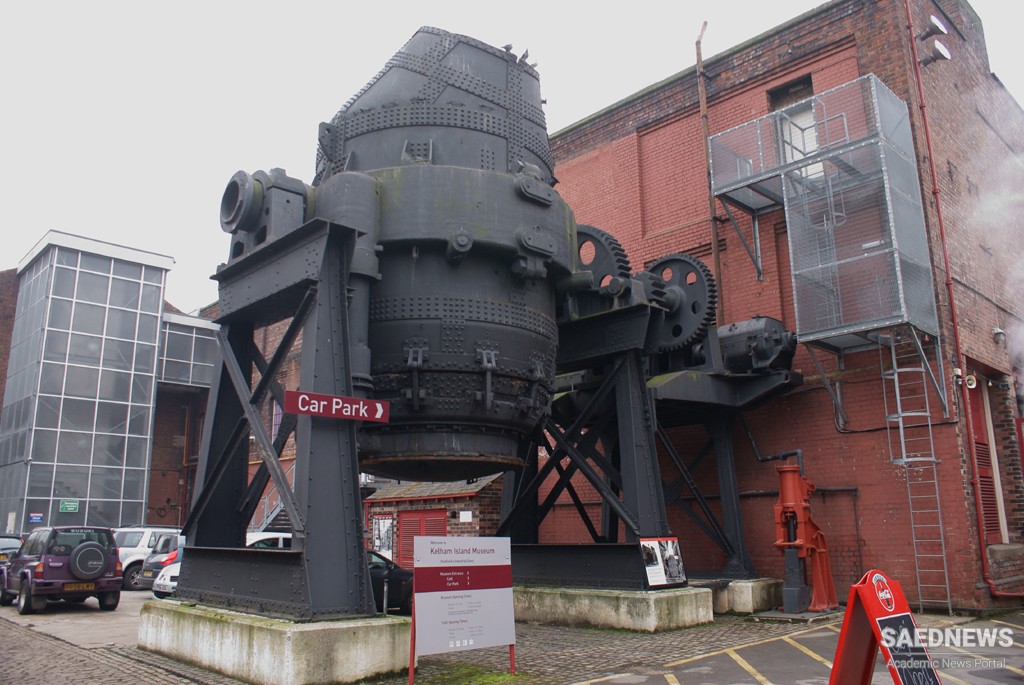As with sulphur, if even a minimal amount of phosphorus combined with wrought iron or steel, the product became weak and brittle. Processing in the puddling furnace removed the phosphorus; the Bessemer process, as at first used, did not. By pure chance the early experiments at St Pancras were carried out with a cast iron made from an ore mined in Blaenavon, Gwent, one of the very few British irons with negligible phosphorus. When the licensees tried to apply the process using iron which contained phosphorus, the result was failure; and most of the iron ores then available were phosphoric. So, once the problem was identified, the Bessemer process developed slowly, and only in places where suitable iron was available. One of these places was Sweden, where the ores, and therefore the iron, were very pure.
Bessemer, a good businessman as well as an inventor, set up his own works at Sheffield and made himself another fortune. His steel was gradually accepted and in 1860 steam boilers were made of Bessemer steel. Railway rails followed in 1863 and two years later the London and North Western Railway started making Bessemer steel and rolling rails for its own use, but the wrought iron trade was still far from threatened by the new material. In the 1870s a completely unknown man, P.G.Thomas, started to look into the Bessemer process. He was a police-court clerk in London, who had studied chemistry at night school and heard it said that whoever could solve the phosphorus problem in the Bessemer process would make a fortune. By 1879 he had modified the process so that it could use phosphoric iron and the way was wide open for a great expansion of steelmaking.
In his converter Thomas used a special form of lining such as dolomite, which, being chemically basic, united with the phosphorus and left the metal free of this troublesome element. The phosphorus went away with the slag, and he was able to sell this as an agricultural fertilizer. Phosphorus is necessary for plant life, the Thomas process slag was a cheap way of providing it, and there was a ready market for all the slag that was made.
There were now two bulk steelmaking processes: Bessemer’s original, which suited non-phosphoric iron, and Thomas’s, which would deal with the phosphoric types. As the latter were the most common the Thomas process spread rapidly, in Britain and on the Continent: in France and Belgium it became so common that the steel was generally called Acier Thomas, or Thomas steel. In the English-speaking world the two processes were distinguished by the names acid Bessemer (the original) and basic Bessemer (Thomas’s) because of the chemistry involved.


 The Steel Age: The Bessemer Process
The Steel Age: The Bessemer Process














































